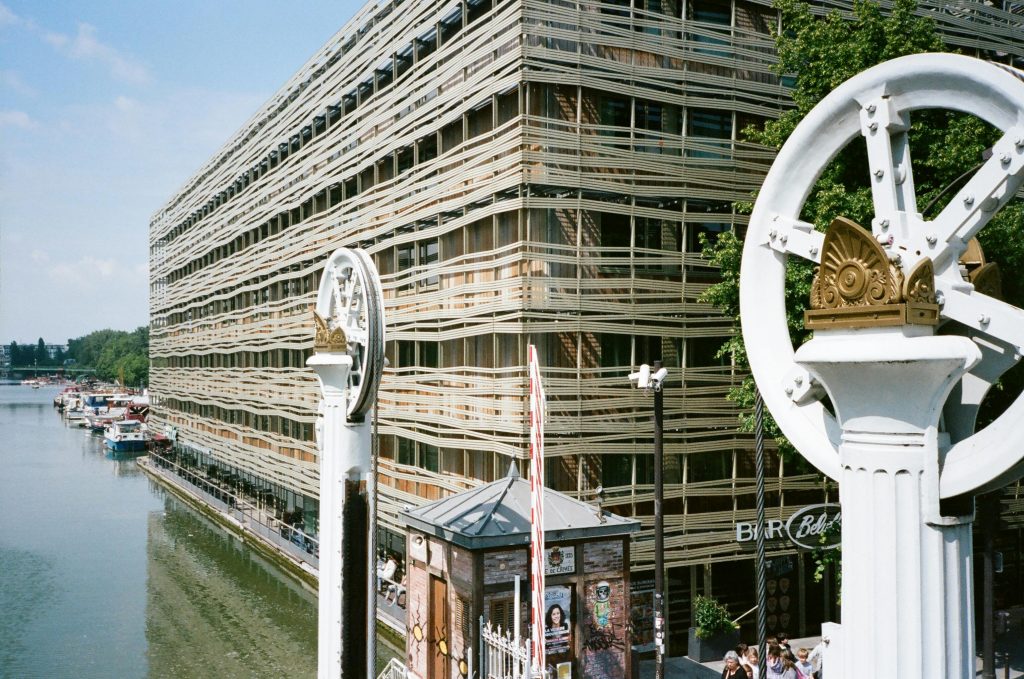The Importance of Server Maintenance: A Cautionary Tale
Today, we encountered a severe situation when a client’s server suddenly failed, taking with it vital information that had been entrusted to its care. For the past three years, we have been highlighting the risks associated with delayed upgrades and insufficient maintenance, but the recent incident served as a stark reminder of the consequences of neglect.
Both hard disk drives (HDDs) appeared to have succumbed to years of wear and tear. The dim LEDs on the server suggested they were past their prime, and the HDD’s error indicator didn’t shine any brighter. In an attempt to recover the data, we endeavored to reconstruct the RAID 10 array, only to find that the remaining drive was too damaged to salvage the information.
To the client’s dismay, the last backup occurred just two days prior to the failure. We are now focused on retrieving the most critical files, though we suspect the backup itself may be compromised. The server ran on Windows Server 2008, and as a result, we are faced with the daunting task of establishing a new Active Directory and migrating all computers to the newly created environment. This process will undoubtedly incur significant labor costs for our client.
The question arises: Was it prudent for the client to rely on a server that had exceeded the average lifespan by three times, ultimately leading to delays and weeks of lost productivity as we await the arrival of a new server?
The key takeaway from this experience is clear: Investing in the maintenance and timely upgrades of your company’s primary server is essential. The cost of prevention is almost always less than the price of rectifying a catastrophic failure.
In the midst of this ordeal, I noticed something quite shocking—this server was the dirtiest I have ever encountered. Had someone been smoking in the server room? The accumulation of dust and debris is a clear indication of the lack of care that our systems require.
In conclusion, your server is a critical asset that deserves regular attention and investment. Remember, a little effort in upkeep today can save your business from significant headaches tomorrow.
Share this content:




Thank you for sharing this detailed account. Regular server maintenance and timely upgrades are indeed crucial to prevent such catastrophic failures. It’s recommended to implement proactive monitoring tools that can alert you to hardware issues like failing HDDs or overheating, which often precede data loss. Additionally, establishing a consistent backup routine—preferably with off-site redundancy—can significantly mitigate the impact of hardware failures. In environments running older operating systems like Windows Server 2008, consider planning a migration to a supported platform to enhance security and reliability. Lastly, maintaining a clean server environment with minimal dust and debris extends hardware lifespan and reduces the risk of overheating. If you need assistance with migration planning or implementing maintenance automation, please don’t hesitate to contact us. We’re here to help secure and optimize your server infrastructure.